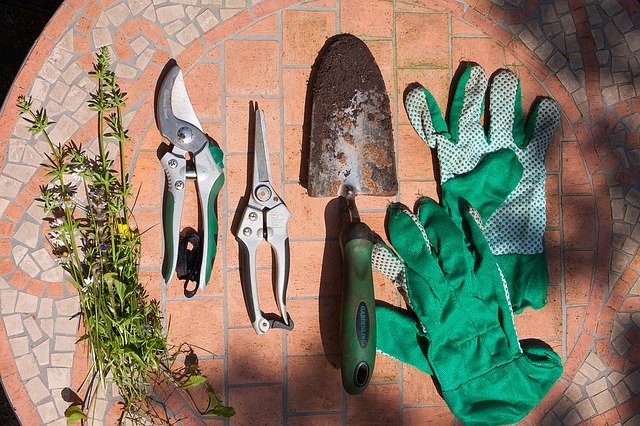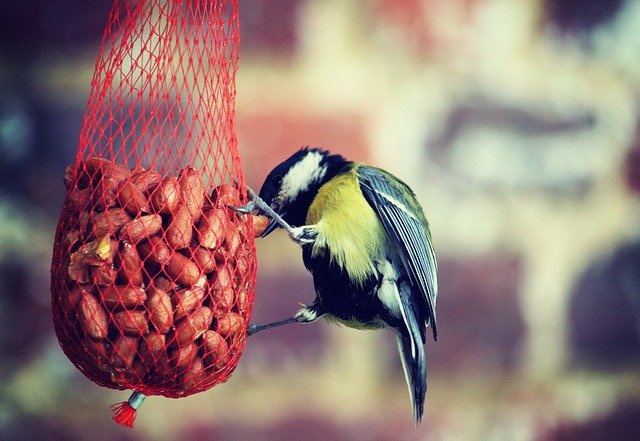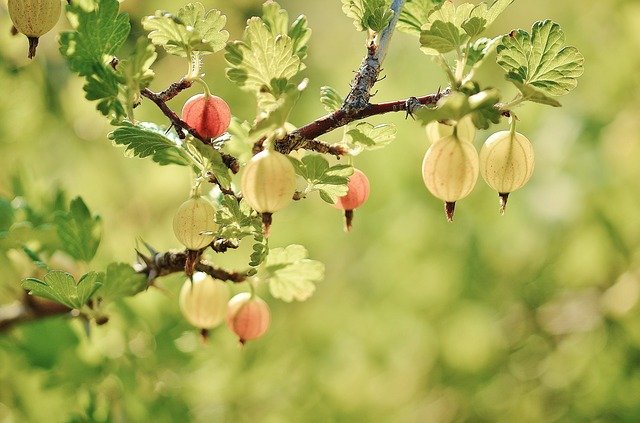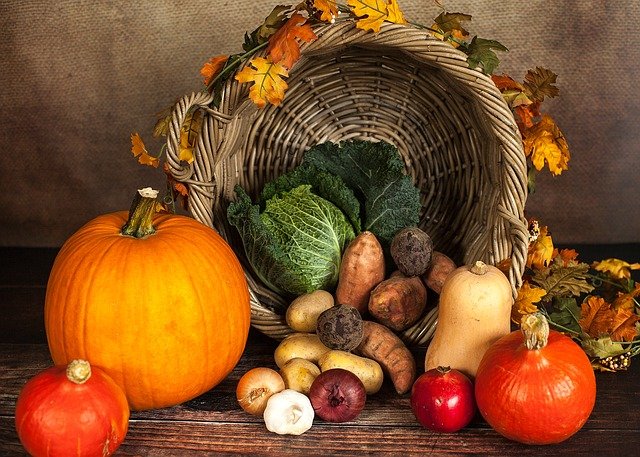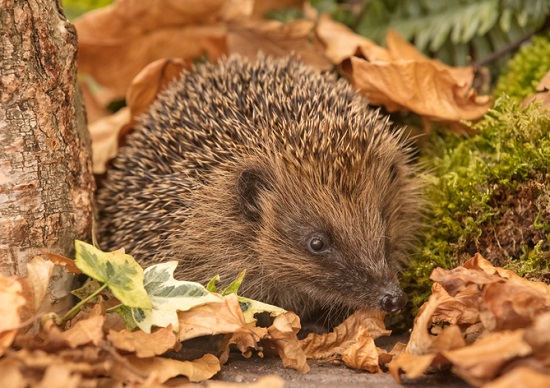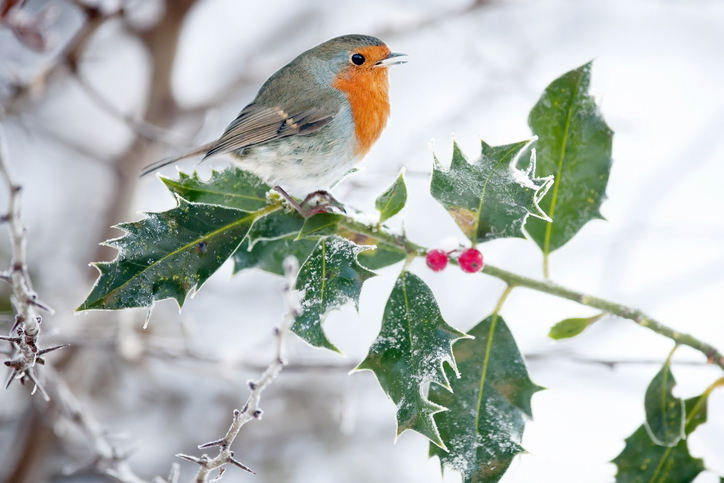September Gardening Jobs
Reading time: 5 minutes
Gardening jobs for September
As summer turns to autumn, September is a crucial month for preparing your garden for the colder months ahead. Here are the essential gardening jobs for September:
Lawn care
Task: Sow grass seed on sparse or worn patches of lawn.
Why: September's cooler temperatures and occasional rain create ideal conditions for grass seed germination.
How: Rake the area to remove debris, scatter grass seed evenly, and gently rake again to cover the seed. Water regularly until established.
Aerate your lawn
Task: Scarify or aerate your lawn.
Why: Scarifying removes moss and thatch, while aerating alleviates soil compaction, promoting healthy grass growth.
How: Use a scarifier or a garden rake to remove thatch and moss. For aeration, use a garden fork or aerator to create holes in the soil.
Fruit harvesting
Task: Harvest ripening fruit.
Why: Picking fruit at the right time ensures the best flavour and prevents waste.
How: Check fruit daily for ripeness. Apples and pears should come away easily with a gentle twist, while berries should be plump and fully coloured.
Planting spring-flowering bulbs
Task: Pot spring-flowering bulbs such as daffodils, crocus, and iris.
Why: Planting now ensures they have time to establish before winter, leading to a vibrant spring display.
How: Choose a well-drained spot or use pots with good drainage. Plant bulbs at a depth of about three times their height.
Pruning shrub roses
Task: Prune shrub roses.
Why: Pruning helps maintain shape, removes dead or diseased wood, and promotes healthy growth.
How: Cut back any dead, damaged, or crossing branches. Reduce overall height by about a third to maintain a tidy shape.
Replacing bedding plants
Task: Replace summer bedding plants with winter varieties.
Why: Winter bedding plants will provide colour and structure during the colder months.
How: Remove old plants and add fresh compost to the soil. Plant winter varieties such as pansies, violas, and primroses.
Cutting back summer-fruiting raspberries
Task: Cut back the dead stems of summer-fruiting raspberries.
Why: Removing old canes encourages new growth and prevents disease.
How: Cut the fruited canes to ground level, leaving new green canes to grow for next year's crop.
Moving tender plants
Task: Move tender plants undercover.
Why: Protecting tender plants from cold weather prevents damage and extends their growing season.
How: Move potted plants into a greenhouse, potting shed or cold frame. For plants in the ground, cover with horticultural fleece or cloches.
Sowing winter onions and quick-growing salad crops
Task: Sow winter onions and quick-growing salad crops such as spinach, spring onions, rocket, dill, and pak choi.
Why: Sowing now ensures a fresh supply of produce during the colder months.
How: Sow seeds in well-prepared soil or pots. Keep the soil moist and thin seedlings as they grow to provide space for development.
Harvesting onions
Task: Harvest onions when the leaves start to wilt.
Why: Harvesting at the right time ensures good storage life.
How: Lift onions with a garden fork and leave them to dry in a sunny, airy place for a few days. Store in a paper or net bag, or garden tray.
Trimming lavender
Task: Trim back lavender after flowering.
Why: Trimming helps reduce the risk of the plant becoming woody and unruly.
How: Remove dead stalks and trim back about 1 inch of leaf growth. Avoid cutting into old wood, as lavender doesn't regrow well from this.

Additional September gardening tasks
Collecting seeds
Task: Collect seeds from annuals and perennials.
Why: Saving seeds allows you to grow plants for free next year.
How: Collect seeds on a dry day and store them in labelled envelopes or paper bags in a cool, dry place.
Composting
Task: Start or maintain a compost heap.
Why: Composting recycles garden waste into nutrient-rich material for your garden.
How: Add a mix of green (fruit and veg peelings, grass clippings) and brown (dry leaves, cardboard) materials. Turn regularly to aerate.
Planting trees and shrubs
Task: Plant trees and shrubs.
Why: Cooler weather and moist soil create ideal conditions for establishing new plants.
How: Dig a hole twice the width of the root ball, place the plant in the hole, backfill with soil, and water well.
Checking for pests and diseases
Task: Regularly inspect plants for pests and diseases.
Why: Early detection and treatment prevent serious infestations and damage.
How: Look for signs of pests like aphids and slugs. Treat with organic methods or appropriate pesticides.
Mulch for winter protection
Task: Apply mulch to beds and borders.
Why: Mulching helps retain moisture, suppress weeds, and protect plant roots from frost.
How: Spread a 5-8cm layer of organic mulch around plants, keeping it away from stems and trunks.
These September gardening jobs aim to keep your garden productive and well-maintained as the seasons change. Happy gardening!





